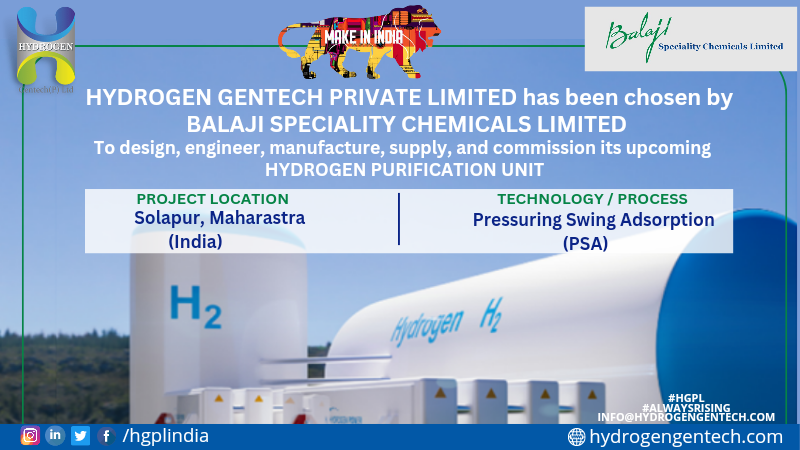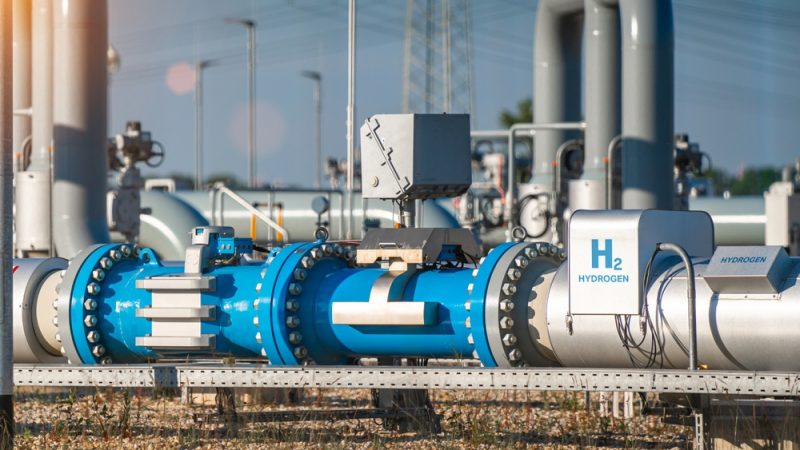In a significant development for India’s clean energy transition, Ohmium International and NTPC (National Thermal Power Corporation) have recently announced their partnership for a groundbreaking deal to deploy green hydrogen electrolyzers in the country. This collaboration marks a significant step towards the widespread adoption of green hydrogen as a clean and sustainable energy source. Let’s delve deeper into this landmark deal and its implications for India’s renewable energy landscape.
Partnership Details
Ohmium International, a leading global provider of green hydrogen solutions, and NTPC, one of India’s largest energy conglomerates, have come together to initiate the largest-ever deal for green hydrogen electrolyzers in India. The collaboration aims to establish state-of-the-art green hydrogen infrastructure that will facilitate the production, storage, and distribution of green hydrogen across the nation.
Under this partnership, Ohmium will supply advanced and efficient electrolyzer technology, while NTPC will provide the necessary infrastructure and support for large-scale implementation. This joint effort will contribute significantly to India’s ambitious goal of reducing carbon emissions and transitioning to a greener and more sustainable energy sector.
The Potential of Green Hydrogen
Green hydrogen, produced by using renewable energy sources to power electrolysis, holds tremendous potential as a clean and versatile energy carrier. It can be used across various sectors, including transportation, power generation, and industrial applications, as a carbon-neutral alternative to conventional fossil fuels.
With India’s increasing focus on renewable energy and decarbonization, green hydrogen has emerged as a promising solution to address energy needs while reducing greenhouse gas emissions. The partnership between Ohmium and NTPC sets the stage for a rapid expansion of green hydrogen infrastructure and accelerates India’s transition to a hydrogen-based economy.
Impacts and Benefits
The Ohmium-NTPC partnership has several far-reaching implications for India’s renewable energy sector:
- Carbon Emission Reduction: Green hydrogen plays a vital role in reducing carbon emissions by replacing fossil fuels in various sectors. The deployment of green hydrogen electrolyzers will help India make significant progress towards its climate goals and commitments under the Paris Agreement.
- Energy Security and Independence: By embracing green hydrogen, India can reduce its dependence on imported fossil fuels and enhance its energy security. The abundant availability of renewable energy sources in the country positions it favorably to become self-sufficient in clean energy production.
- Economic Growth and Job Creation: The establishment of a robust green hydrogen ecosystem will create numerous employment opportunities, from research and development to manufacturing, installation, and maintenance. This can foster economic growth and contribute to India’s renewable energy industry.
- Technological Advancement: Collaborations such as the Ohmium-NTPC partnership drive technological advancements in green hydrogen production and storage. This fosters innovation and encourages the development of cutting-edge solutions for a sustainable energy future.
Conclusion
The partnership between Ohmium International and NTPC for the deployment of green hydrogen electrolyzers marks a significant milestone in India’s renewable energy journey. With a focus on reducing carbon emissions and transitioning to a cleaner and more sustainable energy landscape, this collaboration paves the way for the widespread adoption of green hydrogen in various sectors.
As India continues its march towards a greener future, initiatives like this propel the country closer to achieving its renewable energy targets and reinforcing its commitment to combat climate change. The Ohmium-NTPC partnership not only brings us a step closer to a hydrogen-based economy but also sets an inspiring example for other organizations and stakeholders to actively participate in the clean energy revolution.




